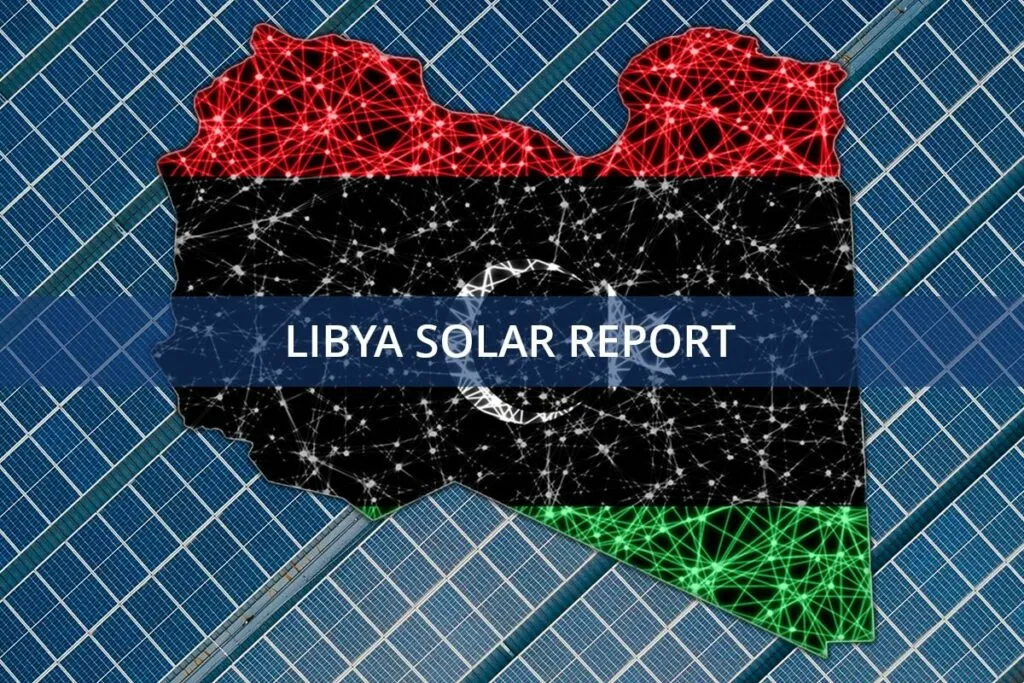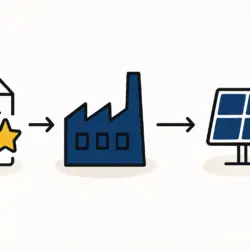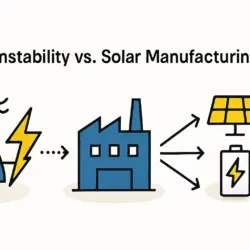Accelerating Libya’s Solar Power Ambitions with the Sadada Solar Project
Libya is poised to significantly advance its renewable energy sector, as the General Electricity Company of Libya (GECOL) and French energy giant TotalEnergies have signed an agreement to develop the 500-megawatt (MW) Sadada solar power plant. This project marks a critical step in the country’s energy transition and is a cornerstone of its strategy to meet increasing electricity demands.
Expected to be completed by the end of 2025, the Sadada solar plant is part of a broader agreement to help Libya achieve its renewable energy goals, including generating 22% of its electricity from renewable sources by 2030. For more information on Libya’s solar developments, visit PV Know How.
The Sadada Solar Project: A Milestone for Libya
The 500 MW solar farm will be built in the Sadada area, approximately 280 kilometers east of Tripoli. The project will be developed in phases, with the first stage expected to be operational by the end of 2025. Upon completion, it will be one of the largest solar power projects in the region, as highlighted in this PV Know How article.
This initiative is a significant achievement for Libya, a nation grappling with energy shortages and an overreliance on oil and gas. By investing in solar power, Libya can diversify its energy mix, reduce its environmental impact, and build a more resilient power grid.
As a long-standing player in Libya’s energy sector, TotalEnergies brings the essential expertise and technology needed for the Sadada project’s success. The company’s involvement also signifies growing confidence in Libya’s renewable energy potential and its efforts to attract foreign investment.
Libya’s Renewable Energy Landscape and the Sadada Solar Project
Libya has substantial solar energy potential, with abundant sunlight and vast tracts of undeveloped land making it ideally suited for large-scale solar power projects. Despite this, the country’s renewable energy sector has developed slowly, hampered by conflict-damaged infrastructure and a persistent focus on oil and gas production.
Recently, however, the Libyan government has intensified its efforts to shift this focus. The Ministry of Electricity and Renewable Energy has developed a strategic plan to increase the share of renewables in the national grid. The Sadada solar plant is a key component of this plan, and its success could pave the way for further initiatives.
Other planned projects, including a 200 MW plant in Al-Jafara and a 100 MW plant in Al-Shweirif, will further bolster the country’s renewable capacity and help it meet its ambitious targets.
Future Prospects for the Sadada Project and Libyan Solar Energy
The successful completion of the Sadada solar power plant holds significant promise for Libya’s energy future. Beyond providing a reliable and sustainable source of electricity, the project is expected to create jobs, stimulate economic growth, and reduce the country’s greenhouse gas emissions.
This reduced reliance on fossil fuels will enable Libya to play a more substantial role in the global transition to a low-carbon economy. The Sadada project marks just the beginning of Libya’s journey. With continued investment in solar and wind power, the country is well-positioned to become a regional leader in the renewable energy market.



